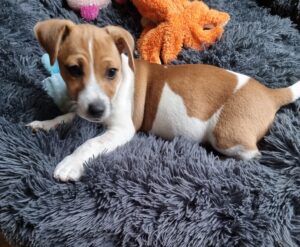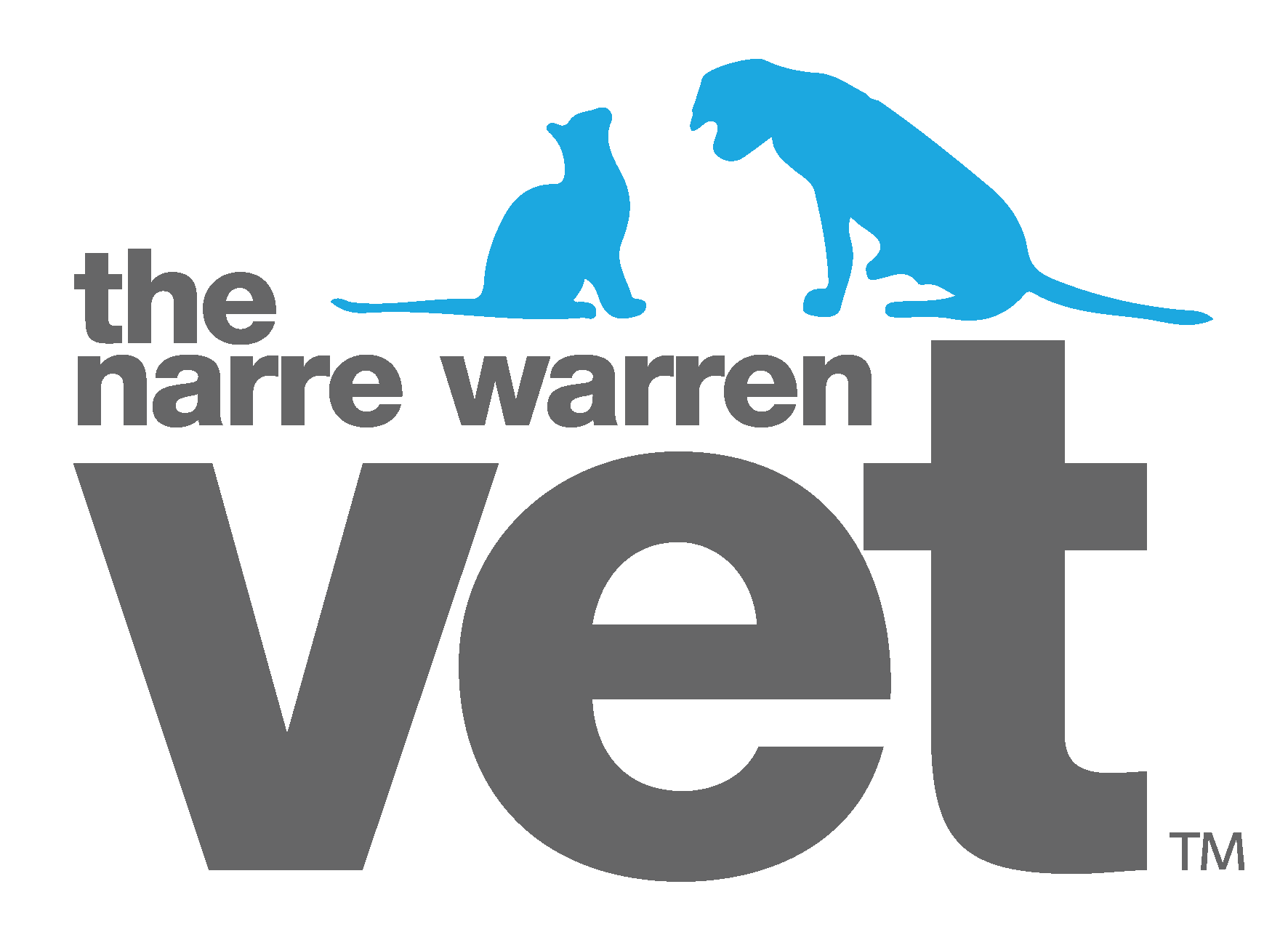 13 week old Chubby the Jack Russell Terrier came in for his routine desexing with an inguinal hernia repair a few weeks ago. Inguinal hernias in dogs occur when there is a weakness in the abdominal wall that allows abdominal contents, such as the bladder or intestines, to protrude through the inguinal canal (the passage from the abdomen to the scrotum or vulva). Inguinal hernias are more commonly seen in female dogs and can be either congenital (present at birth), or acquired (developed later in life). In Chubby’s case, the condition was congenital and got larger and more prominent as he aged. For this reason, it was highly discouraged for his owners to breed from his parents again.
13 week old Chubby the Jack Russell Terrier came in for his routine desexing with an inguinal hernia repair a few weeks ago. Inguinal hernias in dogs occur when there is a weakness in the abdominal wall that allows abdominal contents, such as the bladder or intestines, to protrude through the inguinal canal (the passage from the abdomen to the scrotum or vulva). Inguinal hernias are more commonly seen in female dogs and can be either congenital (present at birth), or acquired (developed later in life). In Chubby’s case, the condition was congenital and got larger and more prominent as he aged. For this reason, it was highly discouraged for his owners to breed from his parents again.
Symptoms of inguinal hernias in dogs may include a visible bulge in the groin area, swelling, pain, or discomfort in the affected area, difficulty urinating or defecating, and vomiting or loss of appetite.
Treatment for inguinal hernias in dogs typically involves surgical repair, which aims to close the hernia and strengthen the weakened abdominal wall. In Chubby’s case, having this done at the same time as his desexing procedure was ideal to avoid the need for two separate anaesthetics.
Chubby recovered well from his surgery and returned for his post operative checks with no issues. A few weeks later however, his owners reported a second inguinal hernia on the other side of his body! Poor Chubby had to then undergo a second hernia repair as quickly as possible to ensure he didn’t have any unwanted outcomes. If left untreated, inguinal hernias can lead to complications such as incarceration or strangulation of the herniated organs, which can be life-threatening.
It’s important to seek veterinary care promptly if you suspect that your dog has an inguinal hernia, as early intervention can help prevent complications and improve the chances of a successful outcome.
Little Chubby is happy at home now and crossing both paws that he won’t require another surgery for a very long time!!
